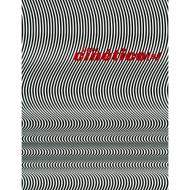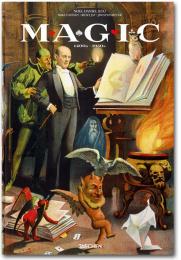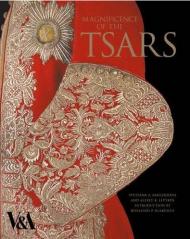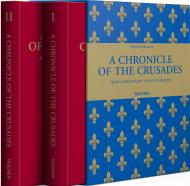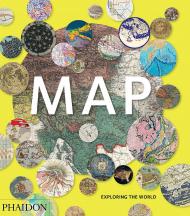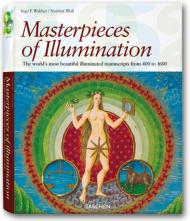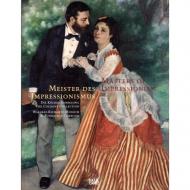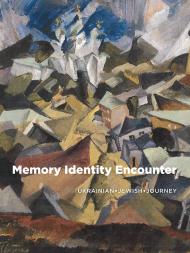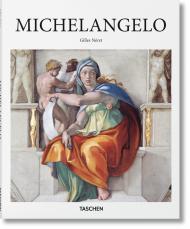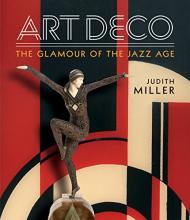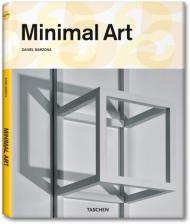The deftness of da Vinci. The drawings of Art History's master genius
One of the most accomplished human beings who ever lived, Leonardo da Vinci remains the quintessential Renaissance genius. Creator of the world’s most famous paintings, this scientist, artist, philosopher, inventor, builder, and mechanic epitomized the great flowering of human consciousness that marks his era.
As part of our Bibliotheca Universalis series, Leonardo da Vinci – The Graphic Work features top-quality reproductions of 663 of Leonardo’s drawings, more than half of which reside in the Royal Collection of Windsor Castle. From anatomical studies to architectural plans, from complex engineering designs to pudgy infant portraits, delve in and delight in the delicate finesse of one of the most talented minds, and hands, in history.
About the series:
Bibliotheca Universalis — Compact cultural companions celebrating the eclectic TASCHEN universe at an unbeatable, democratic price!
Since we started our work as cultural archaeologists in 1980, TASCHEN has become synonymous with accessible, open-minded publishing. Bibliotheca Universalis brings together more than 100 of our all-time favourite titles in a neat new format so you can curate your own affordable library of art, anthropology, and aphrodisia.
Bookworm’s delight — never bore, always excite!


